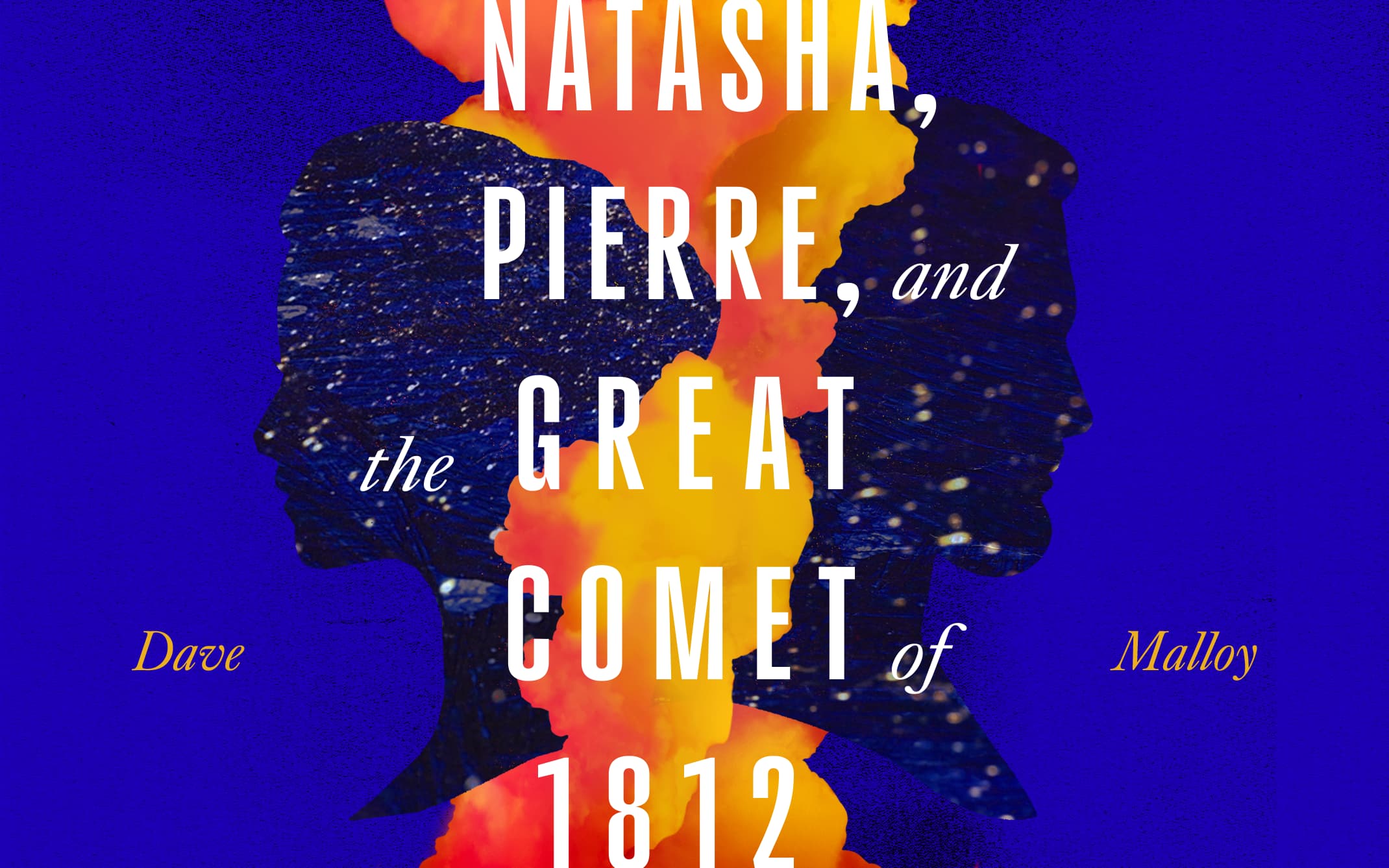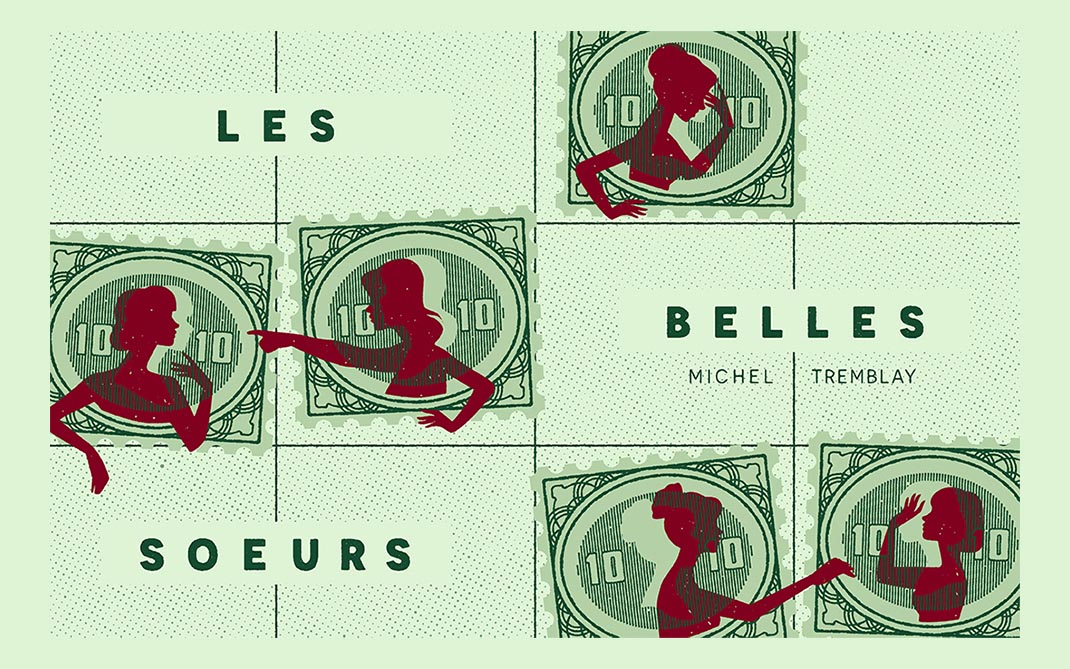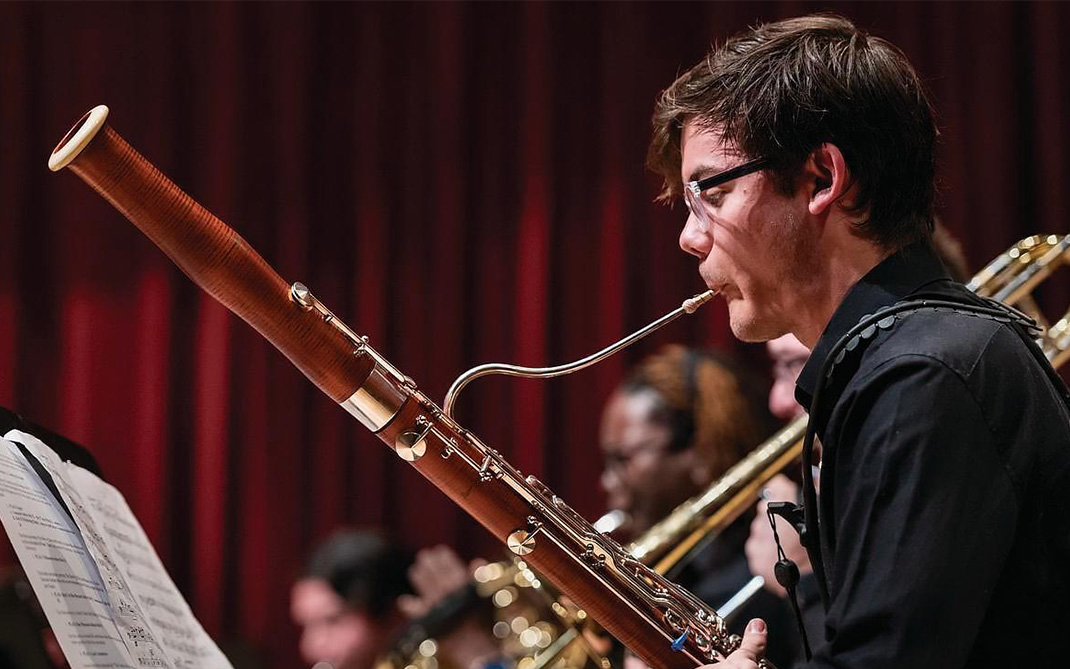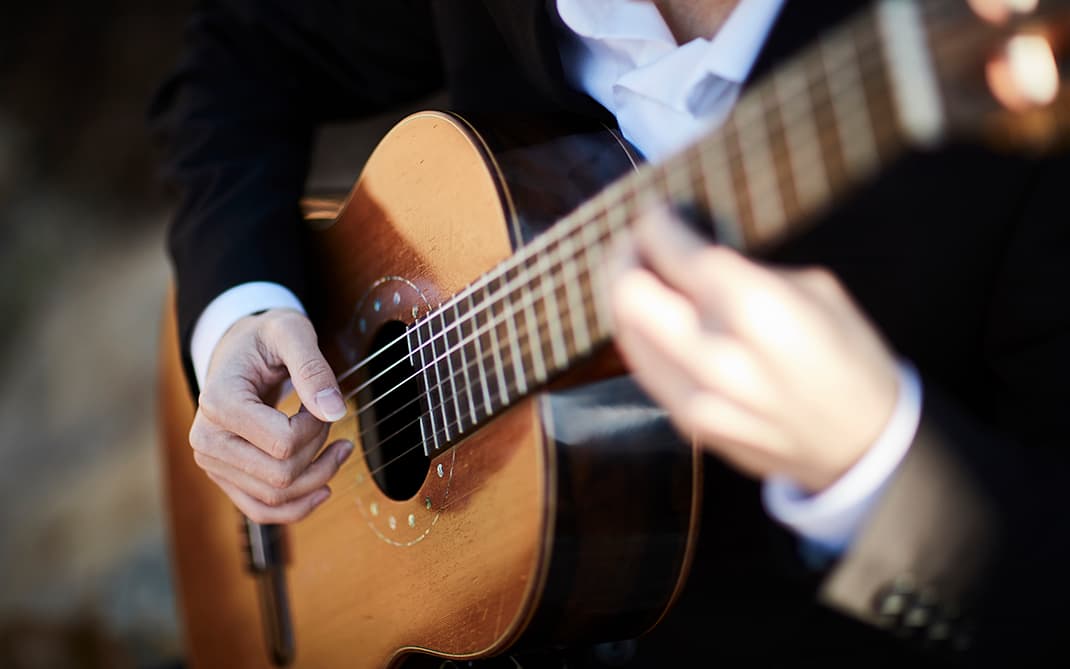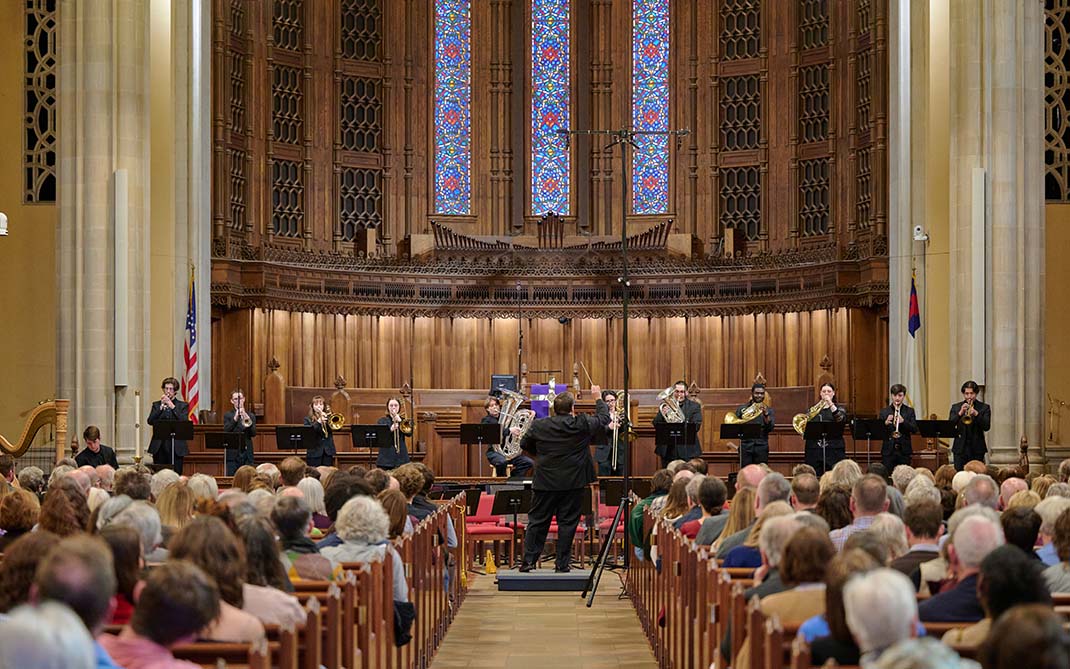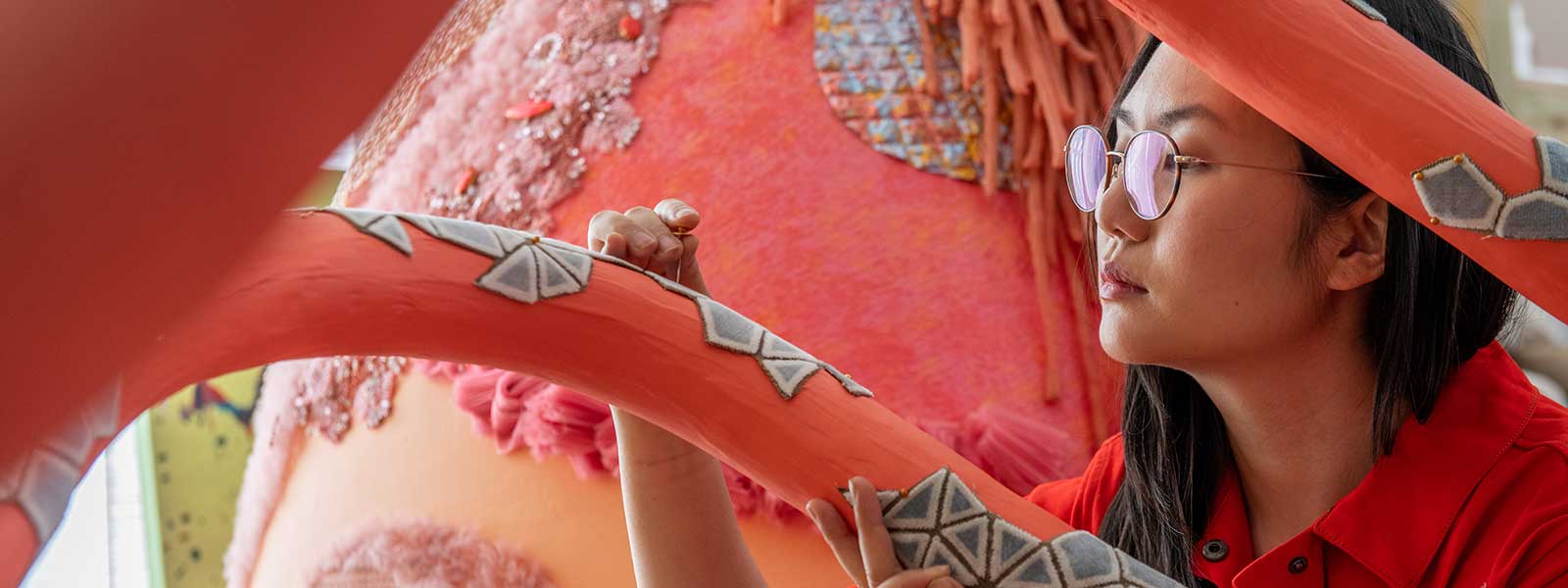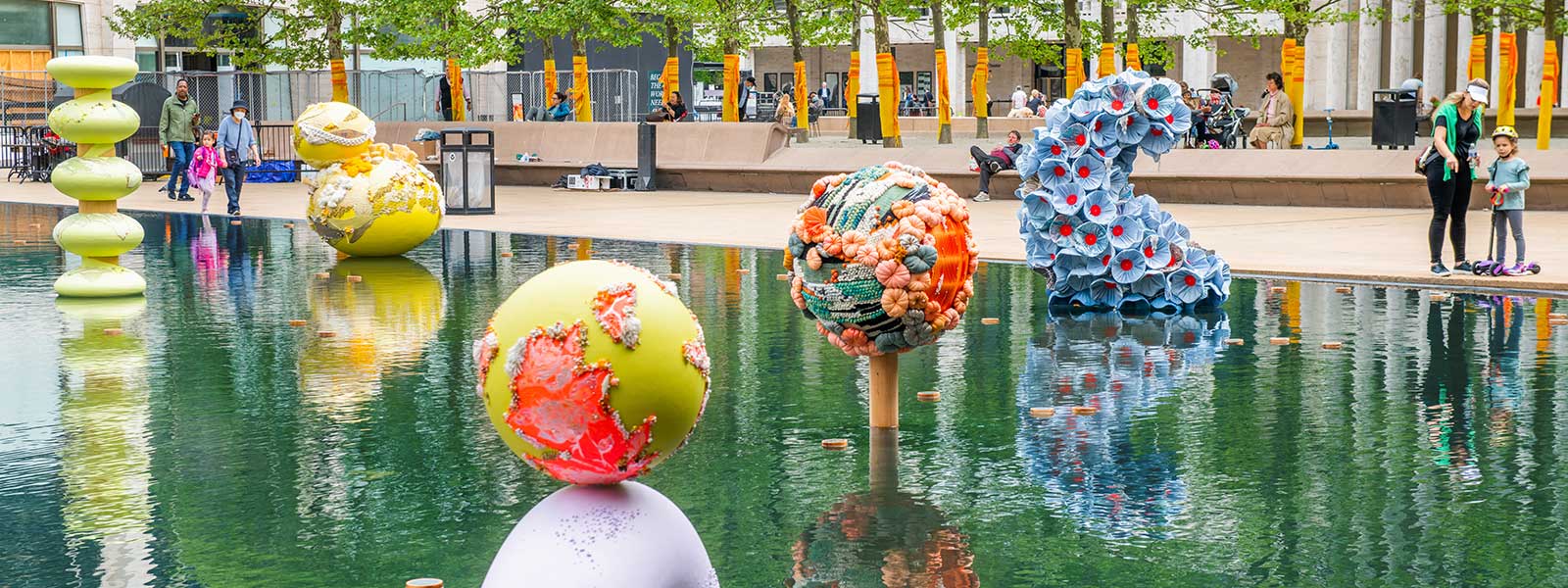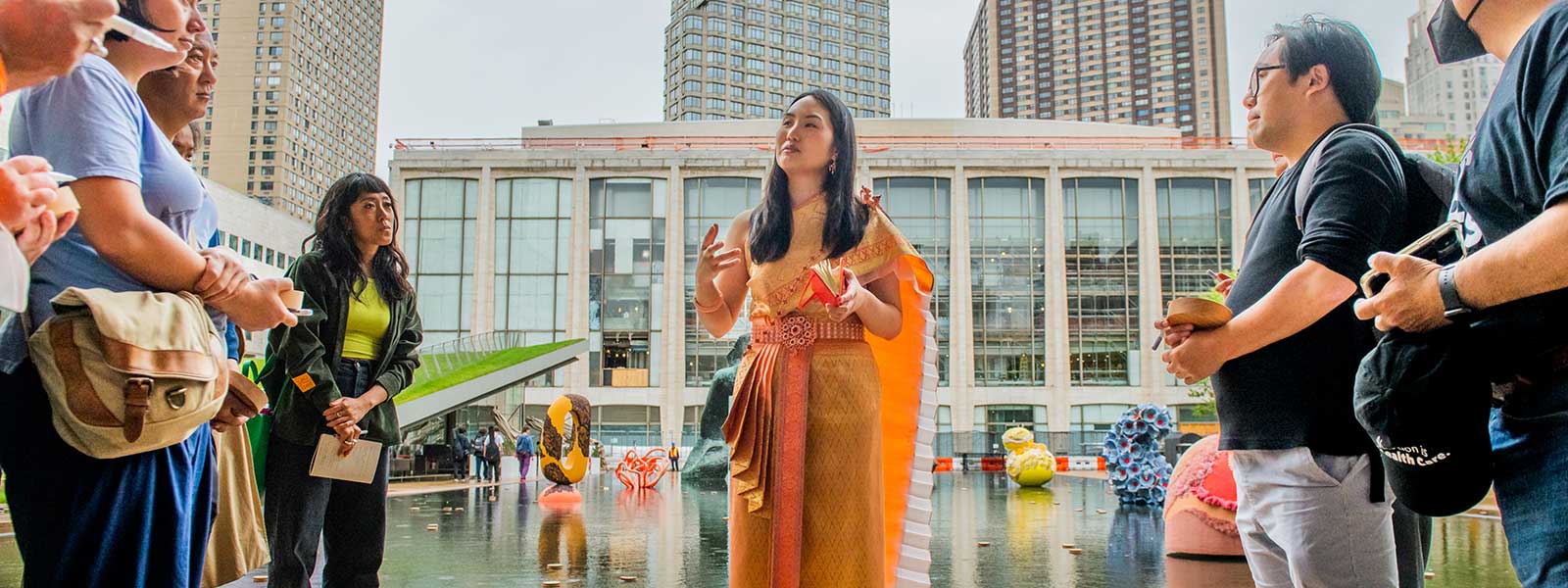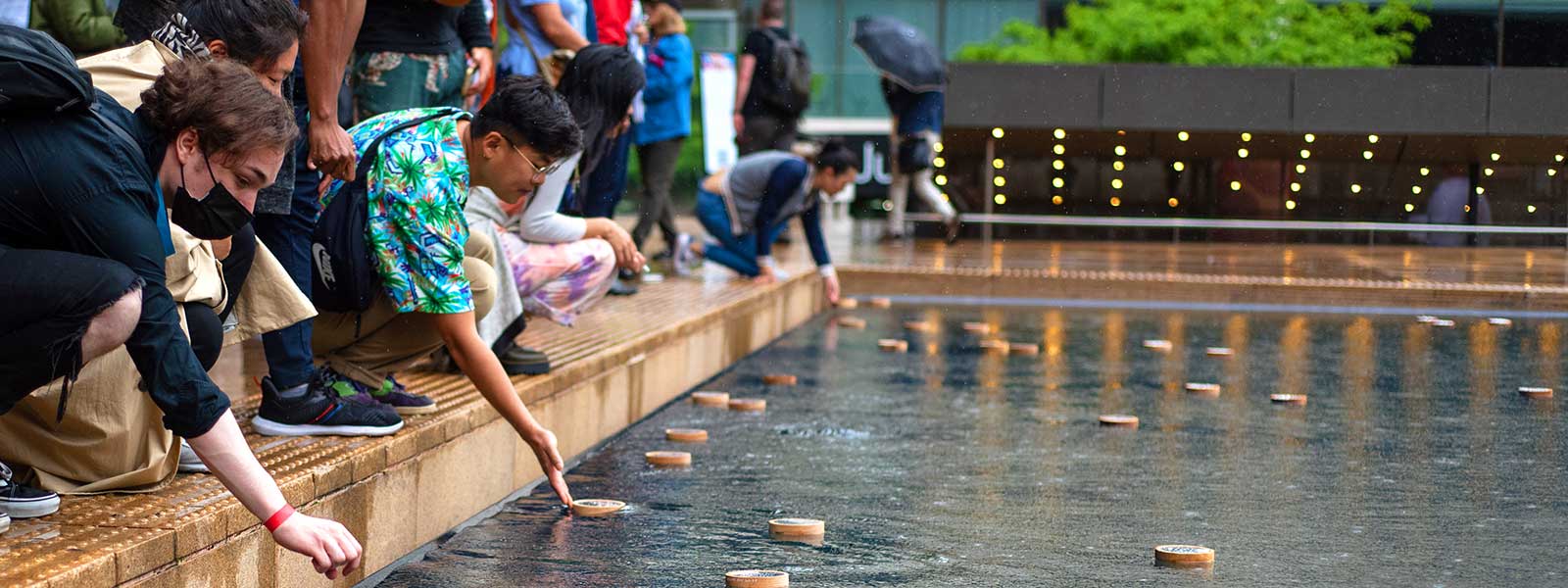Amanda Phingbodhipakkiya
The views and opinions expressed by speakers and presenters in connection with Art Restart are their own, and not an endorsement by the Thomas S. Kenan Institute for the Arts and the UNC School of the Arts. This interview has been edited for length and clarity.
Neuroscientist-turned-artist Amanda Phingbodhipakkiya has long known how to “make the invisible visible,” as her artist statement declares. Her ability to make intricate scientific concepts accessible through art and design earned her a TED residency as well as the opportunity to speak on two TED mainstages. Her numerous works — including an AR installation immersing viewers in the world of microbes and “Beyond Curie,” a project that harnessed both technology and design to celebrate the most badass women in STEM history — have been featured in spaces all over the world, from a highway tunnel in the Netherlands to New York’s Cooper Union.
In the last couple of years, Amanda has focused her talents on engaging with and revealing often-hidden parts of the human psyche, from the bigotry and racist violence that have reared their heads throughout the country to the cumulative trauma and grief of the COVID crisis. As an artist-in-residence with the New York City Commission on Human Rights, she created a citywide mural project titled “I Still Believe in Our City” to counter anti-Asian violence and center the lives and experiences of Asian Americans and people of color as crucial threads in the American fabric. Soon after the shootings at three spas in Atlanta in 2021, Time magazine featured images from the series on its cover.
Pier Carlo Talenti spoke to Amanda while she was taking a brief break from troubleshooting one in a series of installations on Lincoln Center plaza in New York City. In this interview she describes the challenges and joys of expanding her artistic practice to invite even more collaborators — from institutions to the public at large — into her creations.
Choose a question below to begin exploring the interview:
- I’d love for you to throw us into the deep end of your work. Could you describe the current piece you’re making?
- What have you discovered that institutions, whether a museum or a whole cultural department, can change to accomplish that democratizing-art goal?
- As you’ve been moving your practice into these more ritualistic pieces, what muscle have you most had to develop? What’s been the sharpest learning curve?
- How do you remain playful with your creativity? How do you make sure you continue to have fun?
- When you were starting out your artistic practice, you became known as someone who was bridging science and art. … At a certain point, did you have to decide to create your own identity in order to break out of that pigeonhole or not?
- When I first invited you to be on Art Restart, I told you I was excited to talk about your explorer’s spirit, and you replied, “I’m so often asked to talk about only a specific part of my practice and not reflect on its diverse whole and my explorer spirit.” Which really surprised me. I think it ties into what you were just saying. Is that still true? Do you think people are missing the whole picture of your practice?
- Your artist’s statement includes this sentence: “I believe art has a responsibility to question preconceived notions and create new possibilities,” which is great. I wonder what preconceived notion of your own have you had to question in your own artistic journey?
- Lastly, to the extent you’re able to share, where in your explorer’s journey do you think you’re going next?
Pier Carlo: I’d love for you to throw us into the deep end of your work. Could you describe the current piece you’re making?
Amanda: Absolutely. The one I’m fixing today is one of four participatory installations that I have up at Lincoln Center right now. It’s part of a series called “Gather.”
Over the past few years, as I’m sure many of us feel, I have been asking myself, “As an artist, what can I give to our communities?” I think artists are much like essential workers in the sense that we can help people heal, if we choose to. Last year I had the opportunity to put public art up in seven different American cities and got to speak to people about their lives, their struggles, their hopes, what is really challenging them right now. I came away with this distinct feeling when I got back to New York that everyone feels just so unmoored and feels like they’re just adrift and disconnected. We live in such a time of uncertainty. I started asking myself, “What can I share as an artist?”
It came down to rituals. I started reflecting on rituals in my own life. I started thinking about the ones from my childhood, ones like Loy Krathong, which is a festival of forgiveness and respect and renewal where we make these lotus-shaped vessels and we put our burdens from the past year into the vessels. We put incense in there, and we float it onto a body of water and let the water take our burdens and our worries and our pain away.
I decided to create a participatory work around not exactly that ritual but one in which the spirit of Loy Krathong lives. That piece is called “Islands in the Sea.” There’s that quote from William Blake, “We are islands in the sea, but connected in the deep.” I feel that grief is something that connects us. We have all grieved something over the past few years being in this pandemic: losing opportunities, losing loved ones, losing a sense of safety and security, sometimes losing ourselves too.
This is an opportunity for folks to come to Lincoln Center to see these nine sculptures that I’ve created sit in the Paul Milstein reflecting pool and go through this ritual with me, in which we float these vessels that I’ve designed. They are circles of wood that have a mirror on top that I invite people to write on. People can write down what they lost. We go through this whole ritual. I ask people to, of course, tap into their broken hearts, but by the end, we almost have broken-open hearts where they’re tender and they can open up to receive love and give love. I think it’s a really powerful thing when we can gather and give our grief away to an open, loving heart and thereby lighten our load. That’s what “Islands in the Sea” is all about.
There are all these different touchpoints from my Southeast Asian roots. I’ve created nine sculptures because in Thai the word for nine, which is kêā [เก้า], is a homonym for the word for moving forward, which is k̄ĥāng h̄n̂ā [ก้าวไปข้างหน้า]. The sculptures are not sad, because I think we don’t necessarily need to be reminded of our sadness — we feel it every day; we feel how exhausting it is and how it blooms other grief — but what we can be reminded of is that there is light that can be found in moments of grief and moments that challenge us.
Pier Carlo: Have you already had a ritual?
Amanda: I’ve had a few of the “Islands in the Sea” rituals. My next one is actually this coming weekend. I’ll run one the weekend after as well and then a few more. This is just one of the four. Each installation taps into a core emotion.
Pier Carlo: What was your first experience of it? Did it differ from how you thought it would go?
Amanda: Oh, that’s a wonderful question. I think with art and public space, even if you don’t engage audiences as deeply as I am, there’s always the unexpected that happens. You come to expect that if you do enough public art. I didn’t really go in with any concrete expectations other than the fact that I hoped that people would be able to be in the moment with me and quiet the noise around us, which is always so loud, and have this moment of reflection and healing.
I think I expected people to be able to home in on their emotions and go through the steps of the ritual with me, but I was struck by how openly vulnerable people were able to be with strangers in open, public space, tears running down their cheeks. I’m still so moved when I talk about it because I think grief is so often something that we hide. I think as a society we feel that it is unsightly, and I think that keeps us from healing. It keeps us from releasing the grief because we’re still holding onto it because it hasn’t been fully felt.
Pier Carlo: It must feel strange and wonderful and put some pressure on you to have made something that does allow people to unload so much grief.
I think that is a core part of my practice, the act of inviting people into spaces, into experiences that allow them to discover something new about themselves, allow them to lay down their burdens and come away with a sense of light, a sense of belonging and hopefully a sense of joy.
Amanda: Absolutely. I mean, I think, for me, it is just a tremendous honor and privilege to be able to hold this space for folks in my community, my community being New York City. Any New Yorker or visitor is certainly welcome to participate. I think that is a core part of my practice, the act of inviting people into spaces, into experiences that allow them to discover something new about themselves, allow them to lay down their burdens and come away with a sense of light, a sense of belonging and hopefully a sense of joy.
Pier Carlo: By now, you’ve worked with a variety of institutions, both large and small, and I know one of your passions is finding ways to democratize art. One thing we love to talk about at Art Restart is reinventing systems that no longer work. What have you discovered that institutions, whether a museum or a whole cultural department, can change to accomplish that democratizing-art goal?
Amanda: That is an excellent question, and I think I’m still learning what the answer to that is. As someone who cares a lot about democratizing art, I’m trying things. I’m trying different strategies to figure out what works.
Pier Carlo: So what works and what doesn’t so far?
Amanda: Well, I would say that oftentimes artists find themselves in the position of taking on the burden of educating institutions. I would say first that I think it’s really meaningful when an institution is already trying to learn and change. That comes from leadership. If there is no will to change and no will to open up experiences and resources to broader audiences, then it’s really just going to be pushing a boulder up a hill. It might not work at all, despite the desire of someone who perhaps might not be in leadership to make changes and further democratize art.
I think we really need to make sure that it’s not just a champion who has no scaffolding or support who is just going to end up frustrated and burned out. The environment needs to be ready. But I also think that inviting artists — well, not all artists but artists who are committed to broadening whose voices belong — in these very rarefied spaces and inviting them to lend their perspectives allows institutions to change slowly. It’s never going to change overnight, but I think every time we work together and we work together earnestly, there’s opportunity for things to change, the needle to move and new possibilities and relationships to begin.
Pier Carlo: As you’ve been moving your practice into these more ritualistic pieces, what muscle have you most had to develop? What’s been the sharpest learning curve?
Amanda: I think it’s something that I am still trying to learn, which is how to say no. It’s important for artists to have sustainable practices, which means not taking on too much, whether it’s trauma stewardship or just projects in general, making space to heal ourselves before we try to bring healing to others. I think it’s something that I am still trying to learn.
I have come to understand that different mediums allow us to speak in different ways and allow us to create spaces in different ways and allow us to shape conversations in different ways.
I’m not the best at it, but I think, as someone who craves just sprawling freedom with my art and my practice, I’m often just so excited and hungry and interested in exploring all the things. As you mentioned, it’s true, I’m expanding what my practice includes. I wouldn’t say I’m necessarily shifting, but I have come to understand that different mediums allow us to speak in different ways and allow us to create spaces in different ways and allow us to shape conversations in different ways. I think rituals allow for more of a partnership with audiences. We do it together; we participate in a transformation together.
With more flat murals, paintings, public-art campaigns, that medium is excellent for a very public, defiant rebuke or just a loud declaration of belonging. In an instant, you understand what I’m saying. But with installation work, with rituals, with participatory installations, it’s a deeper, longer process to understanding but one that is just as meaningful and rich and deep, I think perhaps even deeper than what we can communicate in that instant.
You might look at a mural for 10 minutes, 20 minutes, and start to see the shape of a story, but it’s your story that you are putting onto the art, based on your lived experiences, based on your biases and your traumas and your hopes and dreams. But with a ritual, I’m creating a frame through which we can walk together, and there is this shared journey that we have, even though it’s not exactly the same. You’re having your unique journey and I’m having mine. But there’s a time capsule of a moment that we share. I think that’s really beautiful and something that we will carry with us.
Pier Carlo: How do you remain playful with your creativity? How do you make sure you continue to have fun?
Amanda: Oh, that’s interesting.
Pier Carlo: Or do you? I’m making an assumption. [Laughing] Or is it just work?
Amanda: No, I think it always comes back to this sense of freedom. I think that’s why I value it so much because it allows for play; it allows for exploration. I think many artists, perhaps even more established than I am, feel this sense that they’re known for doing a certain kind of work, so they must continue doing work in that vein. I very much rail against that notion, and I hope that every young person who sees my work and looks at my practice can be reminded that you can be playful. You can explore. You can continue to grow in the ways in which you want to and have a sustainable career. But it isn’t without challenges, of course.
Pier Carlo: When you were starting out your artistic practice, you became known as someone who was bridging science and art. A lot of the press about you focused on your being an artist who was also a scientist. You were just now speaking of maintaining playfulness and freedom in your practice. At a certain point, did you have to decide to create your own identity in order to break out of that pigeonhole or not?
Amanda: Well, I think it’s interesting because you used the phrase “create your own identity.” I think we’re all just trying to find our paths, and I think oftentimes, if we don’t reclaim our own narratives, they get told for us. I think this happens too often with media, where it’s the catchiest thing that gets to be the headline and not necessarily a nuanced, full picture of a person, a body of work, a journey, a path.
I think, for me, I’m always trying to figure out what I want to explore next. I think I started with something that felt natural. How do we bridge these worlds of science and art? How do we make things that are often invisible, visible? When you think about science and art in that expansive way, you also start to think about the ways in which everything else that is connected to science and art plays into this relationship. It’s impossible to separate justice and equity from science, from art. Those themes have always been there. But I think, perhaps, when I started, I was afraid to use my voice in that way.
I grew up in a house where we just didn’t talk about justice. We didn’t talk about equity. We didn’t talk about race. I’m the child of Thai and Indonesian immigrants, and they wanted me to have a stable life, [laughing] a good, I guess what they would call, American life. I think that shaped how I was raised, but at a certain point, you have to write your own stories. I think I have been able to at least try to help them better understand the different ways in which success manifests. I’ve helped, I think, redefine for them what success can look like. It doesn’t have to be a scientist or a doctor or a lawyer or someone in economics or business. Success can be uplifting your community. Success can be having your work become a touchpoint for millions of people around the world.
Pier Carlo: When I first invited you to be on Art Restart, I told you I was excited to talk about your explorer’s spirit, and you replied, “I’m so often asked to talk about only a specific part of my practice and not reflect on its diverse whole and my explorer spirit.” Which really surprised me. I think it ties into what you were just saying. Is that still true? Do you think people are missing the whole picture of your practice?
Amanda: I think it’s very hard to really understand the full picture of someone’s practice. I think it’s not just me; I think many artists struggle with this. There’s so much that people don’t know about us because oftentimes it’s just a moment; it’s just this one body of work; it’s just this one piece; it’s just this moment in time where you’re catching us. We’re always growing and evolving and shifting and breaking down barriers, so I think it’s very hard to truly understand the fullness of a person or even a practice.
Because I’m speaking more about the expansiveness of my practice and I’m, I guess, more open with not knowing what’s next, I think it allows room for people to look at my practice as expansive and wildly playful and exploratory.
Pier Carlo: Is that new for you, this feeling of being comfortable with not knowing what’s next?
Amanda: It is, it is. I think it comes from a place of having tried a lot of things and having collected feedback but not yet being able to fully process. I think I’ve created a lot of work in the past few years. It’s been a steady stream. When I look back on how much time has passed, it almost feels like a few lifetimes have been slotted into the past few years.
I think it’s so important for artists to have fallow periods. ... where you’re not producing a lot or exhibiting a lot but you are discovering what it is that you are meant to create and what it is you are meant to bring to people. I think that’s meaningful, and that’s powerful.
I think it’s so important for artists to have fallow periods. I read a study somewhere that was historical in its nature in terms of looking at the practices of many artists and looking at their most significant works. Those works very often followed a period of wild exploration, I guess what people might call a fallow period, where you’re not producing a lot or exhibiting a lot but you are discovering what it is that you are meant to create and what it is you are meant to bring to people. I think that’s meaningful, and that’s powerful. Being OK with giving yourself space to know yourself and to connect with others, I think, is something that’s not celebrated enough.
Pier Carlo: How do you practice that, the giving yourself space and connect with others? How do you build in that practice?
Amanda: Well, it’s saying no to things. [She laughs.] It’s something that I’m not great at and I’m trying to do better with, but I think if you don’t protect the space, it will just get eaten up by the next thing that you say yes to. So trying to really hold that space dear and to say, “I’m going to time-block this number of weeks for myself to explore.” Or if, like me, a project’s already in motion, then it’s within a day: “These are my exploration hours, and they’re untouchable.” Because things are already in motion and it’s long timelines, at this moment in time, I have the space to say, “There are three weeks in which I will just explore.”
For me, it’s protecting those hours, protecting those days where I’m in the studio, I am investigating a theme, a texture, even a color, a relationship, and finding my way to connecting the dots and figuring out what it is I want to say and how I want to say it.
Pier Carlo: Your artist’s statement includes this sentence: “I believe art has a responsibility to question preconceived notions and create new possibilities,” which is great. I wonder what preconceived notion of your own have you had to question in your own artistic journey?
Amanda: Oh, interesting! I think I wasn’t sure, actually, if folks would be willing to go on the journey of rituals with me. I almost thought that people would feel like they didn’t have the time. I’ve been really pleasantly surprised to learn that I was wrong, that people are coming to this with hearts wide open, that they’re coming to this work almost like they’re craving it. Perhaps it was that small voice of insecurity sitting on my shoulder, saying, “Do you really want to take this risk? Are you sure this is going to work?” I think that’s top of mind for me in terms of kind of quieting that voice.
Pier Carlo: I imagine realizing once you open the door in your participatory art that people want to step through must open even greater floodgates of possibilities for you.
Amanda: Absolutely, absolutely. I think the greatest gift is being in a space where you can have conversations with so many people who have just experienced your work and experienced their own transformation within the work. That’s really special.
I’m a bit of a pack rat with information, and I’ll just take it in and store it somewhere in the neurons for later use, whether it’s research papers or conversations with people. I’m never really sure how it manifests in my work. I forgot to mention this, but in my conversations with folks across the country about just how they’re doing, all their stories actually made their way into the shape of the sculptures in the reflecting pool. That was the inspiration for the textures, the layers, the forms. They’re all based on someone I spoke to and what they told me.
Pier Carlo: Oh, that’s beautiful. What an honor for them. And for you.
Amanda: Absolutely.
Pier Carlo: Lastly, to the extent you’re able to share, where in your explorer’s journey do you think you’re going next?
Amanda: Oh, that’s interesting. OK, to the extent I am allowed to share, I think where I’m going is I want to more deeply explore the ways in which sound can move us. I want to explore the ways in which not just sounds but voices of our communities can move us. I want to dip back into my movement roots as well.
Pier Carlo: Oh, I didn’t know you had movement roots.
Amanda: I do. Yeah. I was a classically trained ballerina. I actually had this terrible skiing injury that ended my career, which is why I decided to study neuroscience, because I basically had to learn how to walk again. My body wasn’t really functioning how it used to, so I wanted to better understand this disconnect between this very close, intimate relationship I used to have with every single muscle in my body that was now gone. I figured, “Well, I may as well study nerves in the brain because it seems like the answer might be there.”
I miss moving in that way. You can see in my work that there’s always a lot of movement. A lot of it does move people to action, but I’m rarely anymore the one who is moving. I wonder if there’s something there.
Pier Carlo: How do you think sound folds into that?
Amanda: What I’ve always been really interested to explore in terms of sound is the vibrations, because it is a kind of movement. It’s like ripples through the air. You can feel it in your fingertips. But when you move, you can also make the movements have sound. I’m playing a little bit with that in one of the participatory installations at Lincoln Center called “Rivers of Renewal,” where I’m asking folks to participate in this moment of catharsis with me in which we sling water at this canvas of paint and make our mark on this moment with each other. But this is just an experiment so far.
I think people would be surprised to hear that I’m so experimental with works that are being so publicly and prominently displayed, but I think the only way to not lose your explorer spirit is to continue to put forth work that is an experiment. I think so often perfection is, well, the killer of joy but also the killer of experimentation and play.
July 05, 2022
